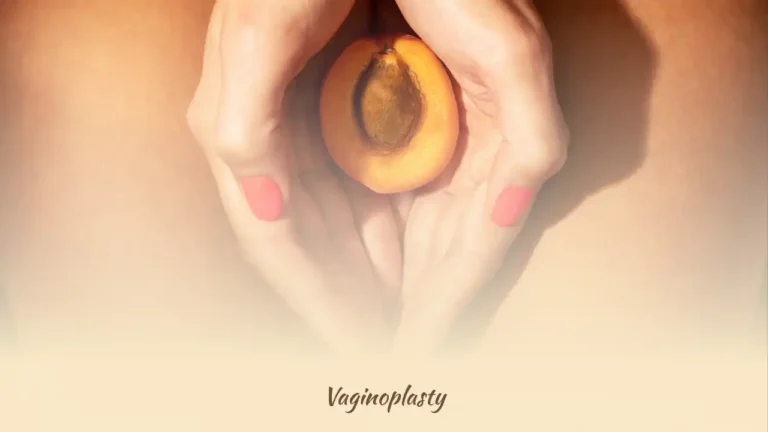Ensuring Tummy tuck with hernia repair in Istanbul safety is the primary concern for patients who are navigating the complex intersection of functional health and aesthetic desire. Many post-partum women and weight-loss patients suffer not only from loose skin but also from the physical pain of a ventral or umbilical hernia. At Clinic Care Center, we understand that this is not just about looking good; it is about restoring the structural integrity of your abdominal wall to live a pain-free life.
Do You Have a Hernia or Muscle Separation? (The Difference)
Before discussing surgery, it is vital to distinguish between two conditions that often look similar but require different medical interventions. Diastasis Recti is the widening of the gap between the abdominal muscles (the “six-pack”); there is no hole, just a weakness. This is treated by the Plastic Surgeon via “Plication,” acting as an internal corset.
A Hernia (Umbilical or Ventral), however, is an actual tear or hole in the fascia where intestine or fat tissue pushes through. This poses a medical risk. Combining the surgeries is often safer than doing them separately because the Tummy Tuck acts as a second layer of reinforcement. The muscle tightening covers and protects the hernia repair, significantly reducing the risk of recurrence.
Clinic Care Center: Expert Warning
Ignoring a hernia during a Tummy Tuck is dangerous. If we tighten the abdominal muscles (Plication) without fixing the hernia first, the increased intra-abdominal pressure can cause the hernia to strangulate or burst. This is a medical emergency. Therefore, at Clinic Care Center, we often utilize a General Surgeon to repair the hernia defect (potentially with Mesh) before the Plastic Surgeon completes the aesthetic closure. Safety requires a multidisciplinary team.
Combined Surgery Safety Protocols: What to Expect
Understanding how the inclusion of a hernia repair changes the surgical protocol is essential for your preparation.
| Feature | Standard Tummy Tuck | Tummy Tuck + Hernia Repair |
|---|---|---|
| Surgical Team | Plastic Surgeon only. | Plastic Surgeon + General Surgeon. (The “Dual Team” advantage for maximum safety). |
| Use of Mesh | No. | Yes, frequently used for medium/large hernias to prevent the hole from reopening. |
| Recovery Timeline | 2 weeks to desk work. | 3 weeks to desk work. Stricter lifting restrictions are enforced to protect the mesh. |
| Recurrence Risk | Low (Diastasis is sutured). | Significantly reduced because the tummy tuck reinforces the hernia repair. |
| Pain Level | Moderate (Muscle tightness). | Moderate to High (Deep soreness at the hernia site is common). |
Potential Risks: Seroma and Mesh Safety
While combining procedures is efficient, it does increase the complexity of the body’s healing process. We believe in total transparency regarding risks.
- Seroma (Fluid Collection): The risk of fluid buildup is slightly higher in combined surgeries because more tissue is manipulated. Surgical drains are non-negotiable and must remain in place until output decreases (usually 3-5 days).
- Mesh Safety: If a synthetic mesh is used to bridge the hernia gap, strict sterility is vital to prevent infection. While extremely rare, mesh infection can require removal.
- Lifting Restrictions: This is the most critical safety rule. You cannot lift anything heavier than 2-3kg for 6 weeks. Straining the core can tear the internal hernia repair before it has fully integrated with your tissue.
Frequently Asked Questions (FAQ)
Will my belly button look natural after hernia repair?
Yes. Umbilical hernias often distort the belly button, making it protrude (“outie”). During the repair, the surgeon pushes the contents back in and the plastic surgeon reconstructs a natural-looking, inward-turning navel (“innie”).
Is it safe to fly back after hernia surgery?
Yes, provided you have been cleared by your surgeon. We typically require patients to stay in Istanbul for 7 to 10 days post-op to monitor for any signs of intestinal blockage or infection before flying.
Can I get pregnant after this combined surgery?
We strongly recommend waiting until you have completed your family. Pregnancy increases intra-abdominal pressure, which can tear the hernia repair again and separate the tightened muscles.
Does the mesh stay in my body forever?
Yes. Surgical mesh is designed to be permanent. Your body’s tissue grows into the mesh, creating a strong, integrated wall that prevents the hernia from returning.
Is the scar longer because of the hernia?
Usually, no. The hernia is accessed and repaired through the same hip-to-hip incision used for the Tummy Tuck, or through the belly button hole, so no additional large scars are typically needed.
Will insurance cover the hernia part?
In many cases, yes. While the Tummy Tuck is cosmetic, the Hernia Repair is a medical necessity. If you have international coverage, we can provide the necessary medical coding for the hernia portion, though this depends entirely on your provider.
What happens if I cough or sneeze?
Coughing increases internal pressure and can be painful. We teach patients the “splinting” technique: holding a pillow firmly against your stomach when you need to cough to support the muscle repair.
Health and Beauty, Restored Together.
You don’t have to undergo two separate recoveries. Combining your hernia repair with a tummy tuck is efficient and medically sound when performed by the right team. Contact Clinic Care Center today for a consultation with our General and Plastic Surgery board-certified specialists.
Also Read:
Labiaplasty
Vaginoplasty
Abdominoplasty (Tummy tuck)
Six Packs
Arm Lift
Brazilian Butt Lift (Bbl)
Gynecomastia
Thigh Lift
Vaser Liposuction
J-plasma
Mommy Makeover
Penile Enlargement
Scar Revision
Back Lift




